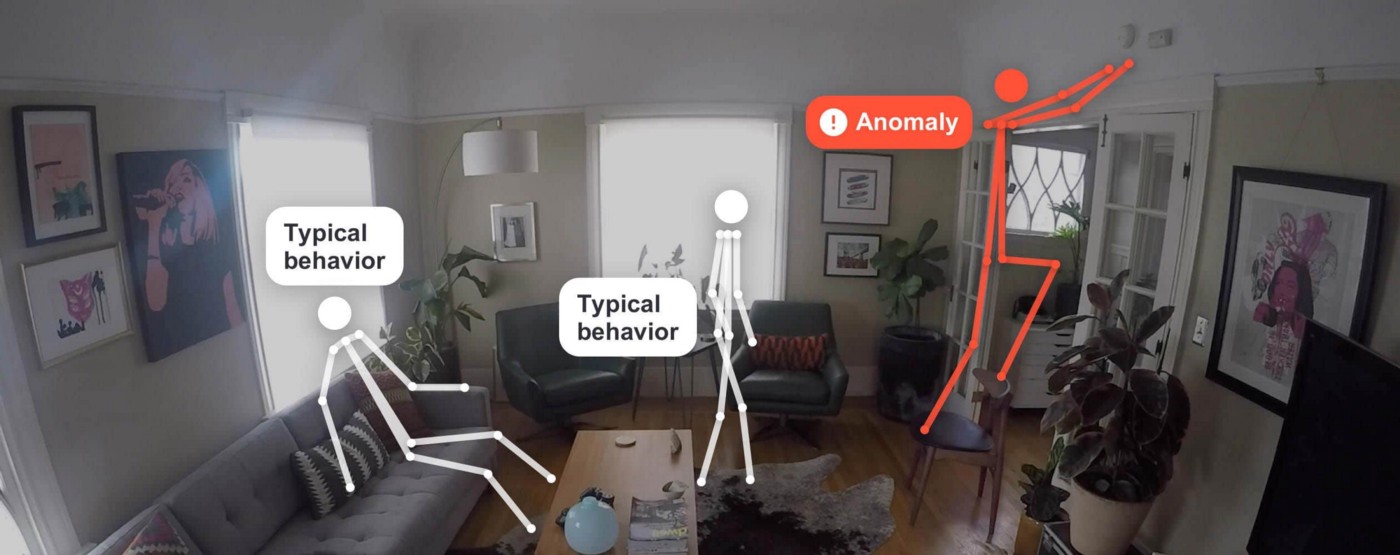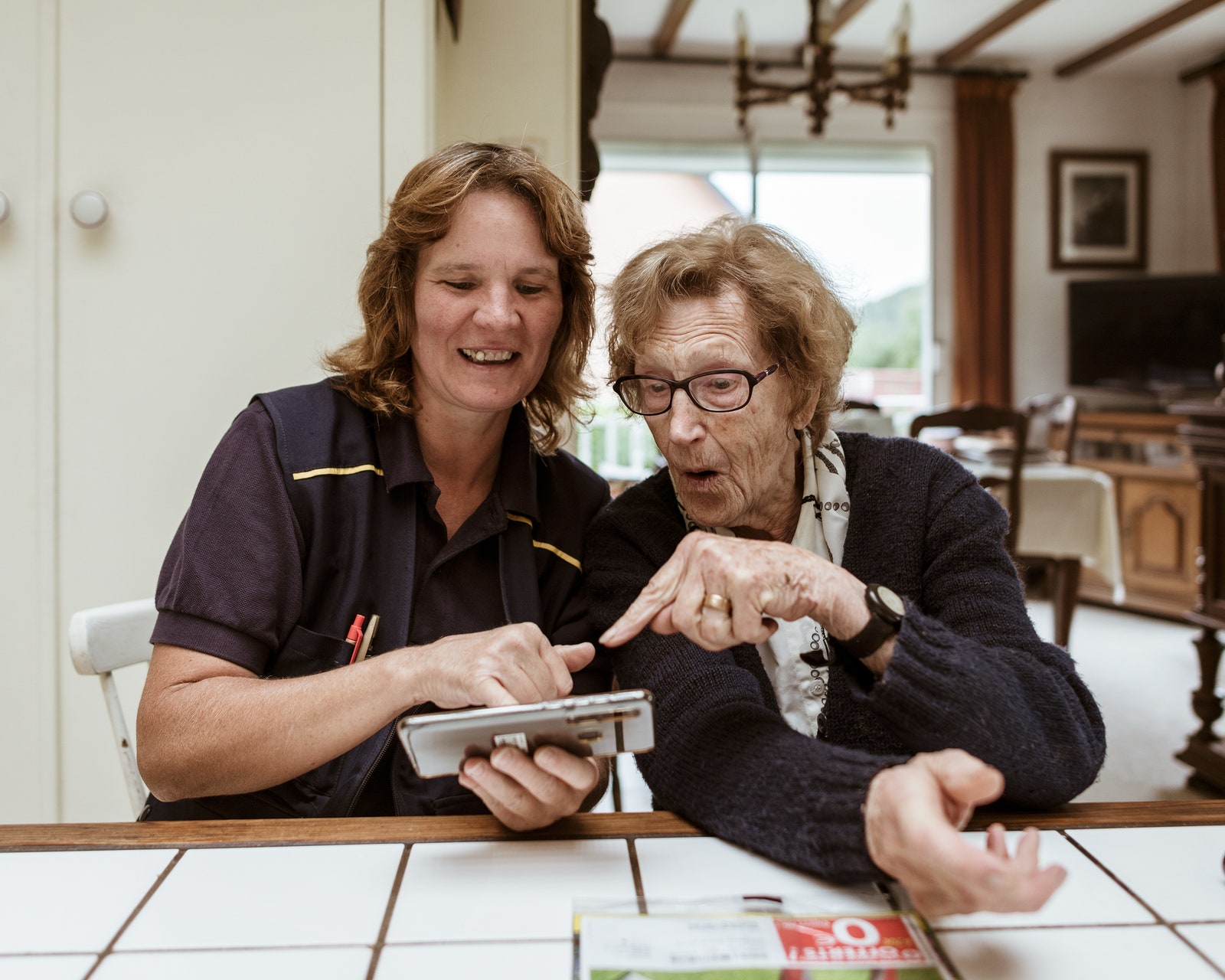From independence to interdependence
Aug 2019-Mar 2020
OBJECTIVE
With the growing population of elderly living away from their families, caregivers are becoming increasingly dependent on AI-based monitoring technologies for elderly care. However, it is becoming increasingly evident that these technologies may be detrimental to the quality of lives of the elderly. In this project, I aim to critically examine the assumptions underlying the design of monitoring technologies for elderly care and suggest alternative directions.
METHODOLOGY
I performed a literature review around 2 themes: (1) Feminist and STS literature that focuses on care and privacy and (2) qualitative studies discussing concerns regarding monitoring technologies for elderly care. Next, I conducted a detailed analysis of individualistic monitoring technologies being used for elderly care (such as Cherryhome, as shown in image 1) and compared them to community based care programs that focus on day to day well-being (such as programs shown in images 2 and 3). These approaches helped me get a nuanced understanding of design for elderly care which helped shape my argument.

Image 1: Cherryhome- an AI monitoring system
FINDINGS
What assumptions do monitoring technologies make when designing for elderly care?
Designed for emergencies: A sole focus on ‘emergencies’ gives rise to 24x7 monitoring technologies designed to avoid the ‘moment of crisis’. Designed for caregivers.
Designed for caregivers: When the design is anchored in the needs of the caregivers, the primary decision makers, it values the caregiver’s peace of mind more than the quality of lives of the elderly.
Designed for independent living: Focusing on ‘living independently’ can result in loneliness and depression when independence is reduced to ‘living alone’.
Designed for privacy as ‘property’: Framing privacy as ‘property’ treats ‘care’ as a rigid commodity being provided under pre-requisites such as consent. This can be detrimental to personal relationships.

Image 2: In France, elder care comes with the mail: Recently, Monique broke her hip, and has since been confined to the ground floor of her house. “When I have a little problem, I think, ‘Ah, I’ll tell it to Aurore!’ ” she said.

Image 3: Alex Stafie, 5, and Wallace Scherer, 92, make sack lunches for the homeless during an activity at Providence Mount St. Vincent.
SUGGESTIONS
How can design for elderly care be re-imagined?
Design for well-being: A focus on overall wellbeing can lead to a healthy, happy and satisfied life for the elderly and the family members.
Design for community: When the design is anchored in the needs of the elderly and extended to the needs of caregivers, the community as a whole can benefit.
Design for inter-dependent living: Focusing on the relationships between the community members rather than on individuals can empower the whole community.
Design for privacy as ‘care’: Framing privacy as a means of caring can result in more intimate relationships between community members.
RELATED PUBLICATIONS
1. Elderly care: From independence to interdependence. Shubhangi Gupta. Poster paper at Tapia 2020.
2. Elderly care: From independence to interdependence. Shubhangi Gupta. Poster at Tapia 2020.